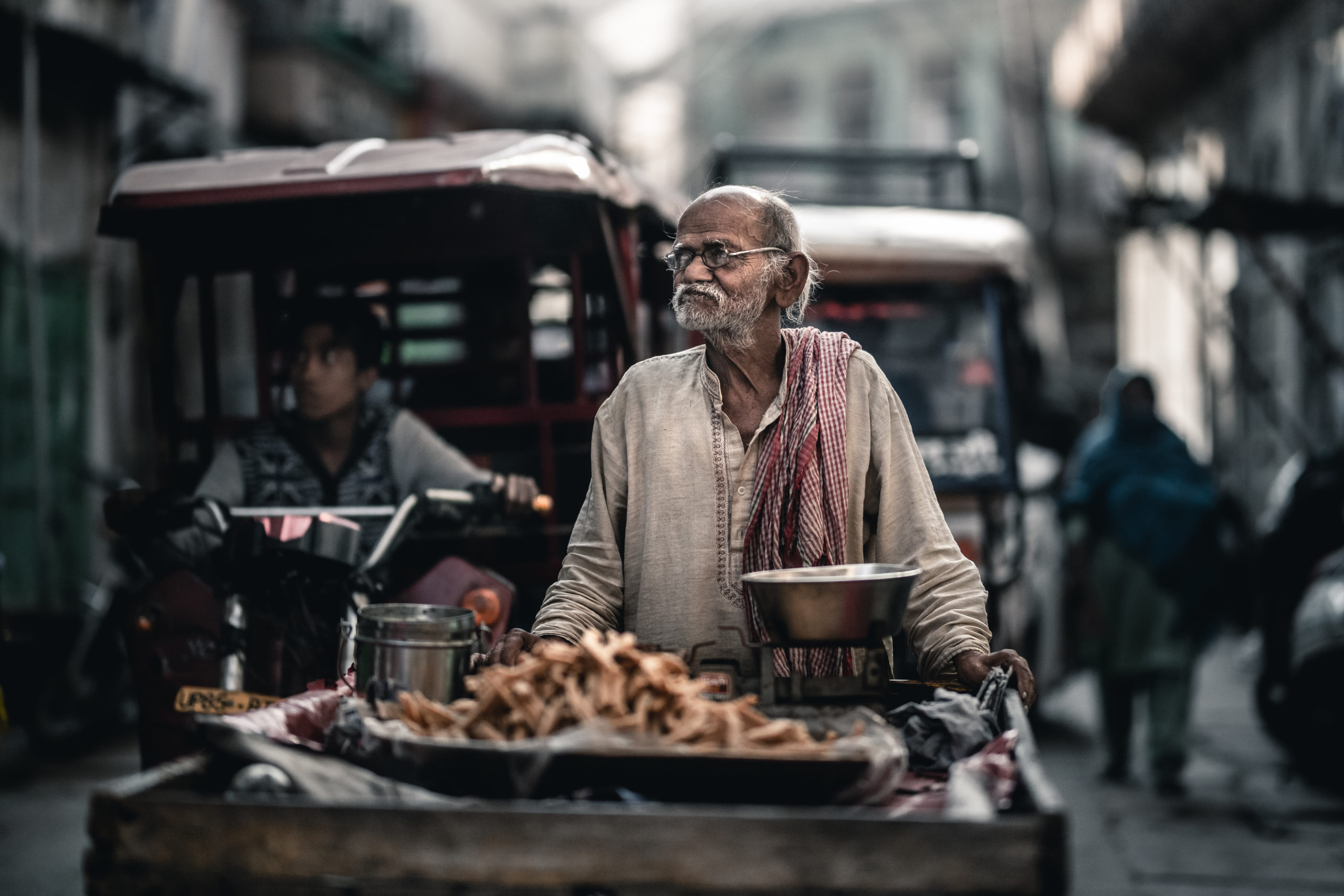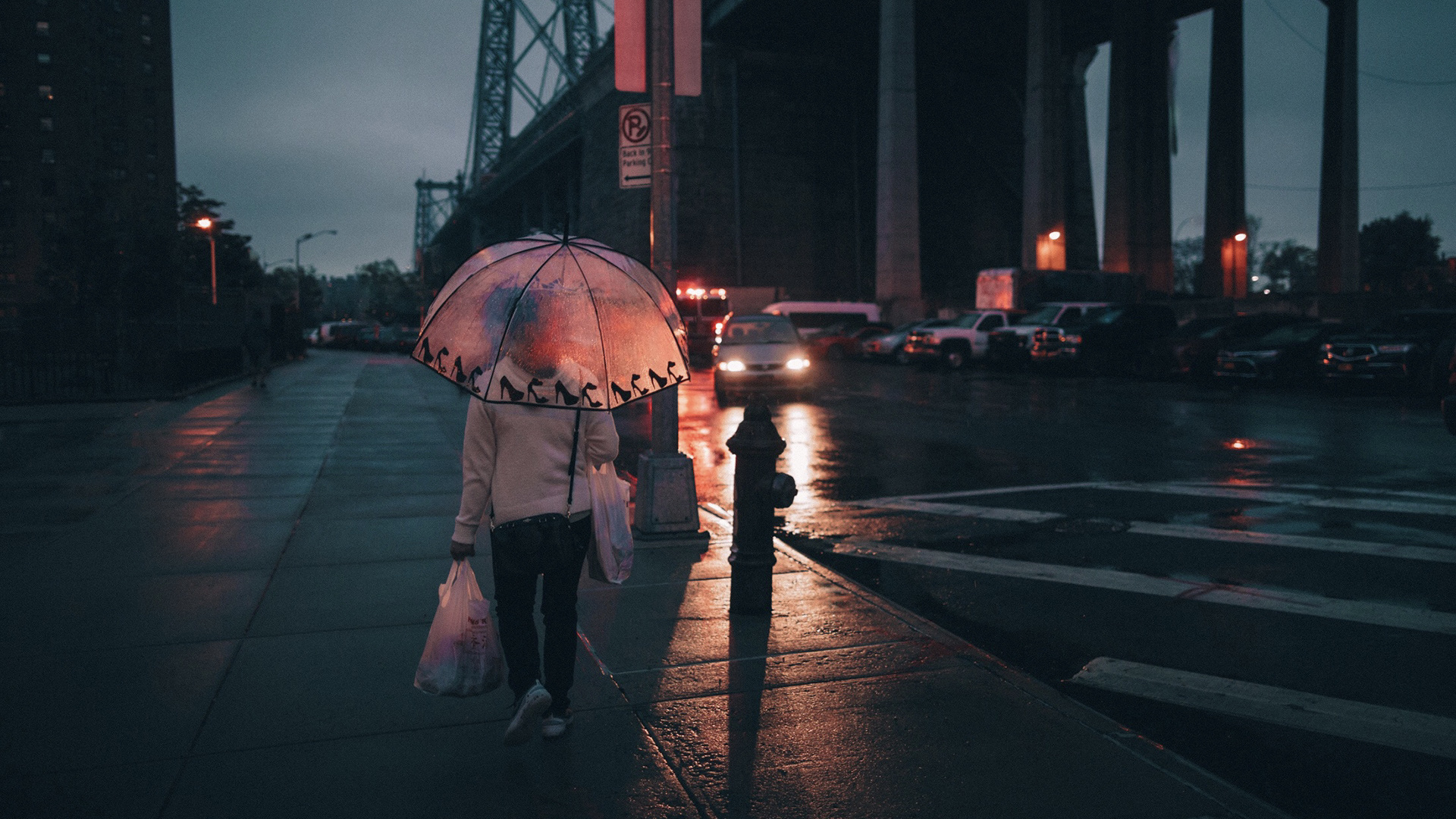What Does Street Photographers Mean?
Table of ContentsRumored Buzz on Street PhotographersFacts About Street Photographers UncoveredThe Definitive Guide to Street PhotographersThe 7-Second Trick For Street Photographers3 Easy Facts About Street Photographers Explained
Road digital photographers do not necessarily have a social purpose in mind, however they favor to isolate and catch moments which may or else go undetected.He was affected by numerous of those that affected the street digital photographers of the 1950s and '60s, he was not chiefly interested in recording the spirit of the street. The impulse to visually document individuals in public began with 19th-century painters such as Edgar Degas, douard Manet, and Henri de Toulouse-Lautrec, that functioned side by side with digital photographers attempting to record the essence of metropolitan life.
In comparison to Atget, digital photographer Charles Marville was worked with by the city of Paris to develop an encyclopaedic document of Haussmann's city preparation job as it unravelled, hence old and new Paris. While the professional photographers' topic was basically the same, the results were significantly various, demonstrating the effect of the photographer's bent on the personality of the photos he created.
3 Easy Facts About Street Photographers Explained
Offered the fine quality of his pictures and the breadth of product, architects and musicians frequently purchased Atget's prints to make use of as recommendation for their very own work, though business interests were rarely his main inspiration. Instead, he was driven to picture every last remnant of the Paris he liked. The mingled interest and seriousness of his goal shine through, leading to photos that narrate his own experience of the city, qualities that anticipated street digital photography of the 20th century.

Unlike his peers, Brassa used a larger-format Voigtlnder electronic camera with a longer exposure time, requiring him to be much more computed and thoughtful in his practice than he may have been if making use of a Leica. (It is believed that he might not have had the ability to afford a Leica during that time, yet he did, nevertheless, make use of one in the late 1950s to take colour photographs.) Brassa's pictures of the Paris underworld lit up by fabricated light were a revelation, and the collection of the collection that he published, (1933 ), was a significant success.

Street Photographers Fundamentals Explained
It is due to the fact that of this fundamental understanding of the art of photo taking that he is usually credited with uncovering the tool throughout again about a century considering that its innovation. He took pictures for more than a half century and influenced generations of professional photographers to trust their eye and instinct in the minute.
These are the inquiries I will try to address: And afterwards I'll leave you with my very own interpretation of street photography. Yes, we do. Let's kick off with defining what a definition web is: According to it is: "The act of defining, or of making something definite, distinct, or clear".
No, certainly not. The term is both limiting and misinforming. Seems like a road digital photography need to be images of a roads appropriate?! And all road digital photographers, other than for a little number of outright novices, will completely appreciate that a street is not the see this site key component to road digital photography, and in fact if it's a photo of a road with perhaps a few boring people not doing anything of passion, that's not road photography that's a snapshot of a street.
A Biased View of Street Photographers
He makes a legitimate point do not you believe? However, while I concur with him I'm not exactly sure "honest public photography" will certainly catch like it on (although I do sort of like the term "candid digital photography") since "street digital photography" has actually been around for a very long time, with many masters' names connected to it, so I believe the term is right here to stay.
You can fire at the coastline, at an event, in an alley, in a park, in a piazza, in a coffee shop, at a museum or art gallery, in a city station, at an occasion, on a bridge, under a bridge ...
Rumored Buzz on Street Photographers
Yes, I'm afraid we worried no choice! Without policies we can not have an interpretation, and without a definition we don't have a category, and without a genre we don't have anything to define what we do, and so we are stuck in a "policies definition style" loophole! - Street Photographers

Comments on “Rumored Buzz on Street Photographers”